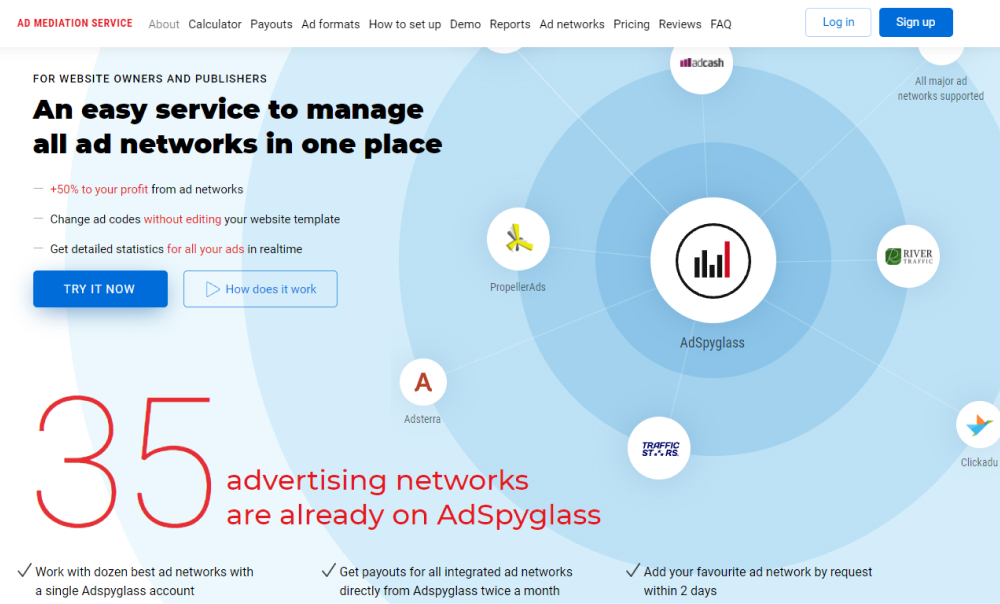Google Panda Algorithm was introduced back in 2011 to filter out low-quality and spammy web pages and content farms specifically. While it is easy for a user to see what high-quality content is, web crawlers do have a problem with that. Panda later became a part of Google’s ranking algorithm.
Google Panda Algorithm Filters Out Bad Websites Based on Such Factors
Thin Content
Thin content means that there are only a few sentences on the page, the words are not connected with each other and there are many grammar and spelling mistakes.
Originality
Plagiarism is not encouraged by Google. You are also more likely to rank lower if you create two web pages with the same content.
Author
Some websites are used to publish machine-generated content. It usually contained many keywords but had little sense and never delivered valuable information.
Amount of Ads
If a page has way too many ads, it is likely to rank lower.
However, it is also true that Google often updates the algorithms and rarely dicloses ranking factors. Their advice is always to create high-quality, unique, and innovative content to rank on the top of search results.
